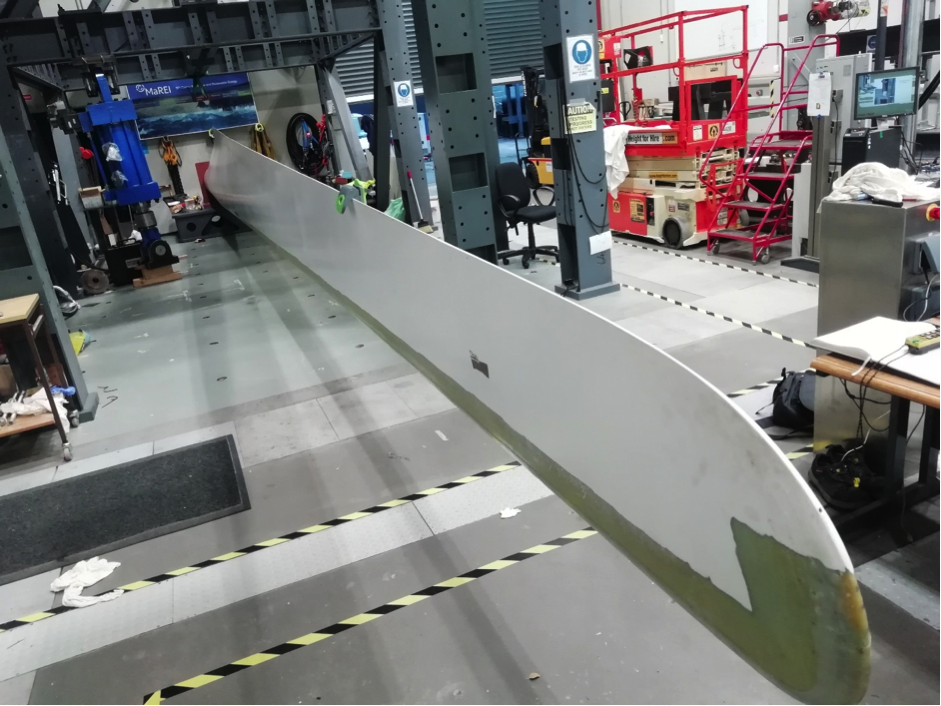-
Courses

Courses
Choosing a course is one of the most important decisions you'll ever make! View our courses and see what our students and lecturers have to say about the courses you are interested in at the links below.
-
University Life

University Life
Each year more than 4,000 choose University of Galway as their University of choice. Find out what life at University of Galway is all about here.
-
About University of Galway

About University of Galway
Since 1845, University of Galway has been sharing the highest quality teaching and research with Ireland and the world. Find out what makes our University so special – from our distinguished history to the latest news and campus developments.
-
Colleges & Schools

Colleges & Schools
University of Galway has earned international recognition as a research-led university with a commitment to top quality teaching across a range of key areas of expertise.
-
Research & Innovation

Research & Innovation
University of Galway’s vibrant research community take on some of the most pressing challenges of our times.
-
Business & Industry

Guiding Breakthrough Research at University of Galway
We explore and facilitate commercial opportunities for the research community at University of Galway, as well as facilitating industry partnership.
-
Alumni & Friends

Alumni & Friends
There are 128,000 University of Galway alumni worldwide. Stay connected to your alumni community! Join our social networks and update your details online.
-
Community Engagement

Community Engagement
At University of Galway, we believe that the best learning takes place when you apply what you learn in a real world context. That's why many of our courses include work placements or community projects.
LEAPWind
Leading Edge Advanced Protection using novel thermoplastic materials and processes for offshore Wind turbine blades
Funded by:
Executive Agency for Small and Medium Enterprises (EASME) under European Maritime and Fisheries Fund Work Programme 2017

Partners:
NUIG, EireComposites, Suzlon
Description:
Wind turbine blade leading-edge erosion is one of the key challenges facing the offshore wind industry. It can reduce the annual energy production of a wind turbine by between 4% and 20%. This would equate to a loss in productivity worth between $168 million and $842 million a year across the whole of the European offshore wind sector.
Pressure to reduce the cost of offshore wind energy is driving demand for ever-larger turbines with tip speeds approaching 300km/hr. Such speeds present new challenges in terms of blade erosion but can also be seen as a new market opportunity – wind turbine OEMs are seeking innovations to counteract erosion risks in marine environments. The combination of larger turbines, poor access for maintenance and harsh weather conditions mean that repair costs for offshore wind are a key determinant of LCoE. An operator of a 500 MW Offshore windfarm spends between £2-8 million per year on turbine maintenance alone. Technology that prevents blade erosion will thus overcome a critical barrier to the more rapid market uptake of offshore wind by increasing uptime and productivity, while eliminating the need for costly blade repairs.
To address this challenge, the proposed LEAPWind project aims to commercialise a novel leading-edge wind-blade component that prevents blade erosion by employing advanced composite materials and innovative manufacturing processes. Commercialisation of this new technology will reduce the LCoE of offshore wind energy by 10% through decreasing risk, and increasing the annual energy production, while reducing maintenance costs by 20% by eliminating the need for leading-edge erosion damage repair, which is currently necessary every 5 years. LEAPWind will expedite the proliferation of clean marine energy and rejuvenate the blue economy in a sustainable manner through the creation of high-value engineering, construction and marine-services jobs in the offshore wind industry estimated to be worth USD 57.2 Billion by 2022.
Key project activities focus on progressing the technology towards commercialization will be achieved by de-risking the technology and bringing it from technology readiness level (TRL) 6 to 9 by the end of the project. This will include physical (structural and rain erosion) testing of a full-scale prototype. In parallel, an advanced finite element model will be developed and validated during the project. This model will be available to the industry for prediction, analysis and structural health monitoring of offshore wind turbine blades. Nearing the conclusion of the research project, the leading-edge component will be integrated in a 63m offshore wind turbine blade to demonstrate advanced protection against leading-edge erosion. The 63m blade will be tested in an operational environment. These technological activities will complement the commercialisation strategy leading to increased market awareness of the benefits of the new technology, successful demonstration of the new technology in a commercial setting and development of a sales order pipeline.
Delivery of project objectives will have a significant impact on the market sector and the blue economy as a whole, driving down industry and consequently consumer costs and increasing the productivity of the Renewable's Energy sector in line with Europe 2020 strategy for more sustainable economic development.
This ambitious project brings together a major wind energy OEM and operator (SUZLON), a component manufacturer (ÉireComposites) and a large-scale structural testing facility (NUI Galway), which complement one another in bringing together the full range of expertise that is required to address each of the key areas in this project. The excellent track records of each of the LEAPWind partners will help to ensure that the project is a success.
In addition, a comprehensive project management strategy, which includes technology and risk management, will be put in place, along with a project steering committee. Major findings of the research will be effectively disseminated to project stakeholders and members of the public through conferences, trade shows, a project website and peer-reviewed publications. Commercially sensitive intellectual property will be protected though patents, trade secrets and licensing agreements.
















